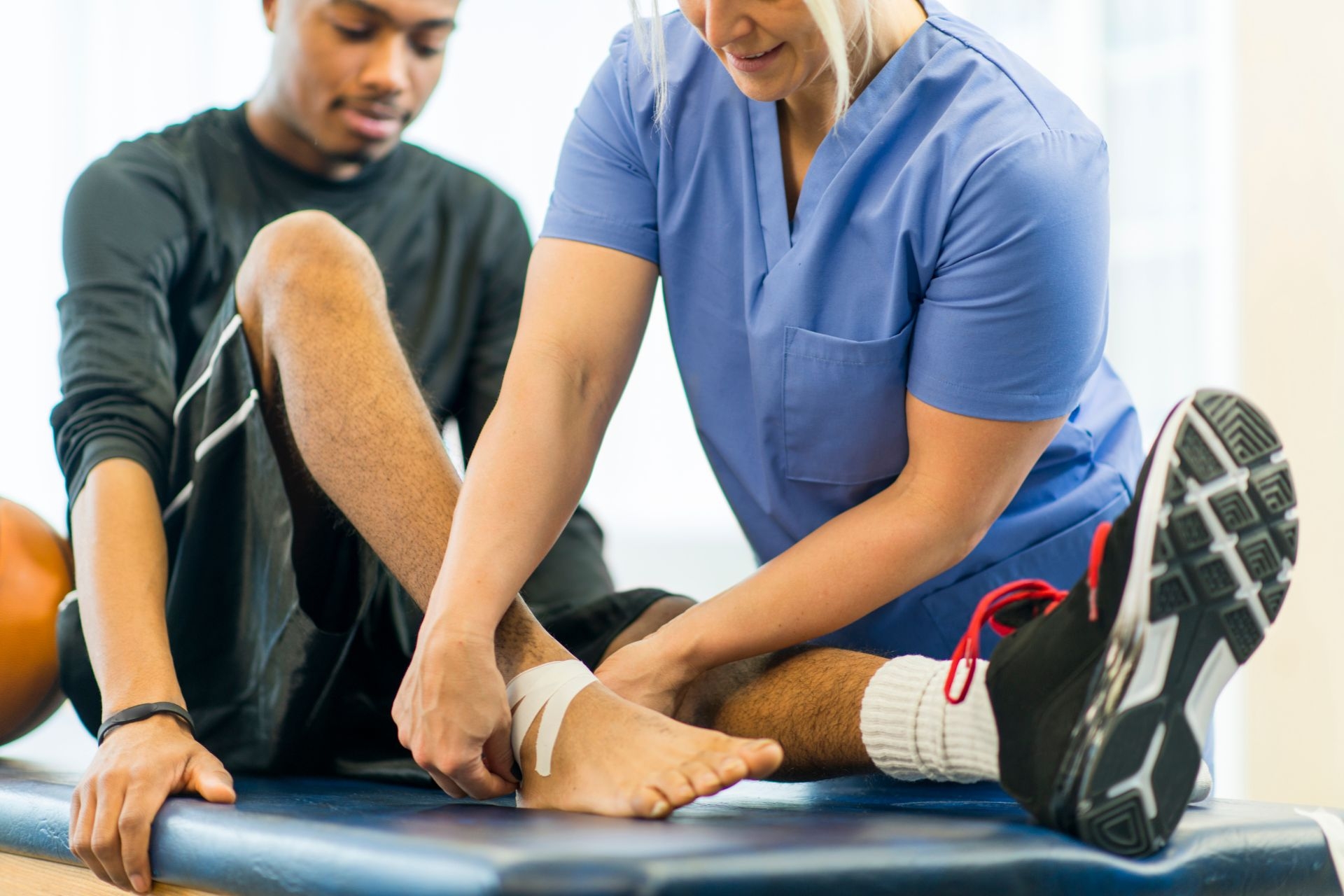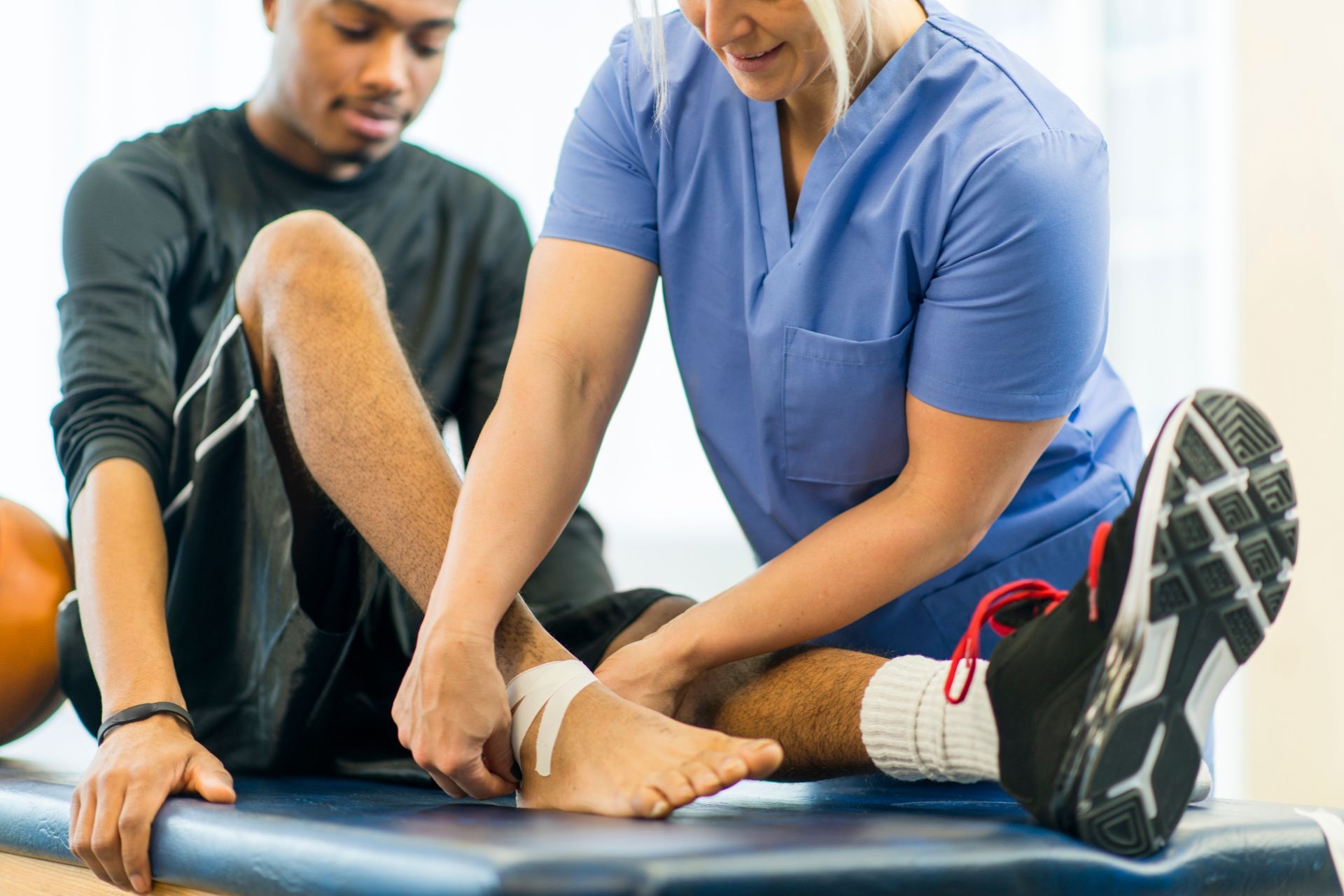Traction Therapy
How does traction therapy help with herniated discs?
Traction therapy is a non-invasive treatment that can help with herniated discs by gently stretching the spine and creating space between the vertebrae. This stretching action can help to reduce the pressure on the affected disc, allowing it to retract back into place and alleviate symptoms such as pain, numbness, and tingling. By promoting spinal alignment and decompression, traction therapy can aid in the healing process of herniated discs.



